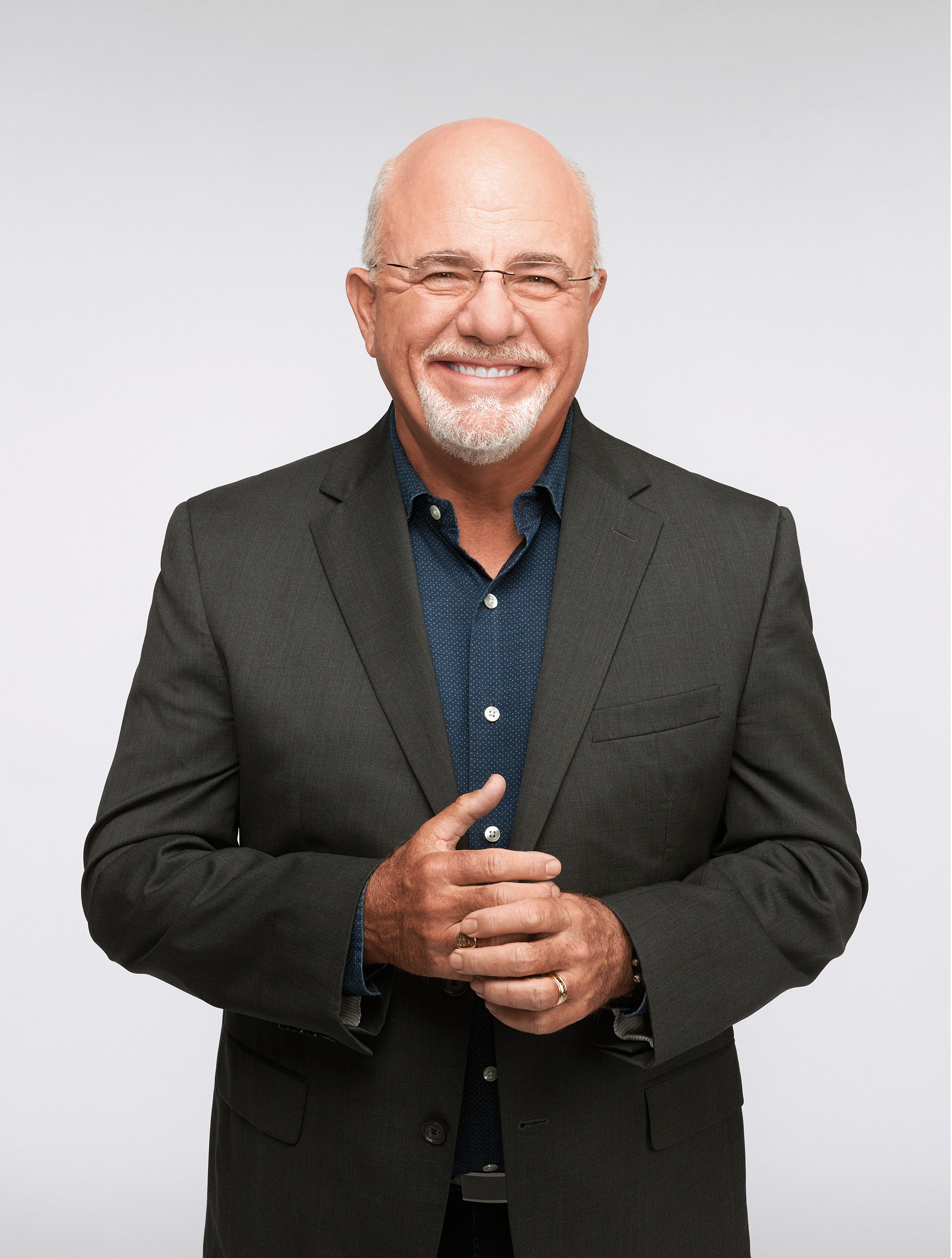Key U.S. Foreign Policy Challenges in Power Struggle with China and Russia: Kiplinger Forecasts
Topping the list of challenges are controlling exports of critical technologies and responding to the war on Ukraine.

To help you understand what is going on with U.S. foreign policy and what we expect to happen in the future, our highly-experienced Kiplinger Letter team will keep you abreast of the latest developments and forecasts (Get a free issue of The Kiplinger Letter or subscribe). You'll get all the latest news first by subscribing, but we will publish many (but not all) of the forecasts a few days afterward online. Here’s the latest...
U.S. foreign policy is increasingly tangled in great power competition with China and Russia, coloring everything from trade policy to military alliances. Here is a rundown of our main challenges.
Washington wants to outcompete China and has an expansive policy agenda — including export controls on critical technologies and investments in domestic manufacturing — to prove it. In short, clipping Beijing’s wings has become the central organizing principle of U.S. foreign policy. It’s also the rare issue that unites D.C. Democrats and Republicans.
From just $107.88 $24.99 for Kiplinger Personal Finance
Be a smarter, better informed investor.

Sign up for Kiplinger’s Free Newsletters
Profit and prosper with the best of expert advice on investing, taxes, retirement, personal finance and more - straight to your e-mail.
Profit and prosper with the best of expert advice - straight to your e-mail.
But the U.S. cannot succeed on its own. And many allies feel disadvantaged, particularly those who depend on exports to China or those who see U.S. efforts to onshore production of certain goods as a threat to their manufacturers.
The White House has managed some wins, including cooperation on chip-related export controls from countries such as the Netherlands, the country that makes the world’s most advanced machines for semiconductor lithography. Washington has also struck a deal with Japan that will make critical battery minerals produced in that country eligible for the tax incentives available to domestically produced ones. The agreement will be the template for another deal being negotiated with the EU.
The U.S. also relies on its allies to help arm Ukraine in its war with Russia, with stockpiles of ammunition and more running low on both sides of the Atlantic. But many European defense contractors are struggling to ramp up output, even with defense spending on the continent reaching levels ($345 billion) not seen since the Cold War.
One problem: Many European governments have not committed to purchasing an expanded supply of weapons, leading to fears they will pull back in a few years and leave manufacturers stranded with excess capacity. Meanwhile, even with recent increases, most members of the transatlantic NATO military alliance still don’t meet the minimum requirement of spending 2% of their GDP on defense. There’s hope the situation in Ukraine will change that, but much remains uncertain.
These issues converge in China’s increasingly close ties with Russia, a product of their shared interest in countering America’s global influence. Notably, both countries have made inroads in resource-rich regions, such as the Middle East, which accounts for nearly a third of global oil output, and sub-Saharan Africa, a vital source of clean-energy metals and minerals.
The question is how far their partnership can go. Washington still hopes it can repair relations with Beijing enough to cooperate on some issues, such as de-escalating the conflict in Ukraine, while still competing on others.
This forecast first appeared in The Kiplinger Letter, which has been running since 1923 and is a collection of concise weekly forecasts on business and economic trends, as well as what to expect from Washington, to help you understand what’s coming up to make the most of your investments and your money. Subscribe to The Kiplinger Letter.
Profit and prosper with the best of Kiplinger's advice on investing, taxes, retirement, personal finance and much more. Delivered daily. Enter your email in the box and click Sign Me Up.

-
 Dow Adds 516 Points on Broad Optimism: Stock Market Today
Dow Adds 516 Points on Broad Optimism: Stock Market TodayEasing trade war tensions and promise from early earnings reports has investors looking on the bright side to start the week.
-
 Dave Ramsey Tells Us the Biggest Retirement Mistake You Can Make
Dave Ramsey Tells Us the Biggest Retirement Mistake You Can MakeThe talk-show host, author and podcaster tells Kiplinger what people can do to ensure a happy retirement.
-
 The Economy on a Knife's Edge
The Economy on a Knife's EdgeThe Letter GDP is growing, but employers have all but stopped hiring as they watch how the trade war plays out.
-
 Banks Are Sounding the Alarm About Stablecoins
Banks Are Sounding the Alarm About StablecoinsThe Kiplinger Letter The banking industry says stablecoins could have a negative impact on lending.
-
 Apple Readies for AI Upgrade with New iPhones
Apple Readies for AI Upgrade with New iPhonesThe Kiplinger Letter The tech giant has stumbled when it comes to artificial intelligence, but a new batch of iPhones will help it make headway.
-
 Japan Enters a New Era of Risk and Reform
Japan Enters a New Era of Risk and ReformThe Kiplinger Letter Japan has entered a pivotal moment in its economic history, undertaking ambitious policy and structural reforms to escape from decades of stagnation.
-
 How Consumers Are Tinkering with Cutting-Edge AI
How Consumers Are Tinkering with Cutting-Edge AIThe Kiplinger Letter Companies launching artificial intelligence tools are jostling for consumer attention. Some products are already building a deep connection with users.
-
 After Years of Stagnant Growth, Hope Emerges for EU Economy
After Years of Stagnant Growth, Hope Emerges for EU EconomyThe Kiplinger Letter Can a German fiscal push outweigh French political peril?
-
 Small Businesses Are Racing to Use AI
Small Businesses Are Racing to Use AIThe Kiplinger Letter Spurred on by competitive pressures, small businesses are racing to adopt AI. A recent snapshot shows the technology’s day-to-day uses.
-
 How AI Puts Company Data at Risk
How AI Puts Company Data at RiskThe Kiplinger Letter Cybersecurity professionals are racing to ward off AI threats while also using AI tools to shore up defenses.